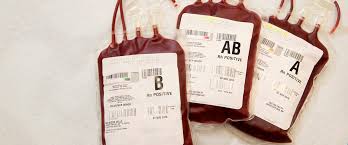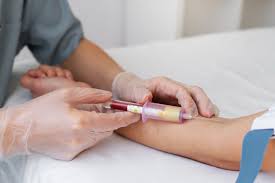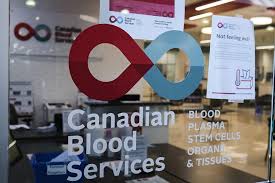The application of dried plasma, a life-saving tactic that aided wounded soldiers in both the Second World War and the Korean War, is being revived by Canadian Blood Services.
This “innovative” initiative, financed by Veterans Affairs Canada, is a collaboration between the non-profit organization and the Department of National Defence. Its focus is on researching the safe production of dried blood plasma.
In an interview with Global News on Wednesday, Chantale Pambrun, senior medical director of innovation and portfolio management at the Canadian Blood Services, stated that “having a blood component that is dried will allow access to life-saving products in regions that are not currently available.”
In an email to Global News, Veterans Affairs Canada stated that CBS will get a grant for this initiative worth up to $1.939 million spread over three years. According to Pambrun, the objective is to be able to extract plasma from Canadian donors, dry it in a method that is both safe and efficient, and then transfer it into a lightweight container that is both portable and long-lasting enough to resist the harsh circumstances of combat.
She suggested that using freeze-dried strawberries in cereals, which can last for months on the shelf, is a fair comparison for this project compared to using fresh strawberries, which spoil more quickly in the refrigerator.

What are the benefits of dried blood?
Canadian researchers created the method of freeze-drying serum, which was frequently employed on the battlefield during World War II. Plasma, a portion of blood that contains vital clotting proteins to help stop bleeding, includes serum as one of its constituents.
According to Pambrun, sterile water can be added to dried plasma to reconstitute it.
Dried plasma “may be much more easily administered on the battlefield as it can be stored at room temperature and requires less storage space, meaning that soldiers can carry it into combat for medics to administer on the spot,” according to a news release from CBS on Wednesday.
This may also lessen the need for frozen plasma, which is now used excessively and requires time to defrost and deliver.
“Frozen plasma currently takes an average of 20 minutes to thaw and transporting it poses major logistical challenges, including requiring a freezer and specialist equipment,” the National Health Service (NHS) of the United Kingdom states.
Compared to frozen plasma, which has a one-year shelf life, dried plasma can last up to four years in a room temperature environment, according to research, according to Pambrun.
According to her, dried plasma is more compact and less cumbersome to carry in a combat zone because it has been dehydrated.
Fears over the spread of viral hepatitis led to the cessation of freeze-dried serum production after the Korean War. According to Pambrun, the goal of the CBS initiative is to reduce potential infectious hazards by implementing stringent safety procedures, such as evaluating donor risk factors.
Not just Canada is thinking about using dried blood plasma in combat operations.
The Defense ministry of the United Kingdom also started a project last year with the goal of providing soldiers in active combat zones with dried blood and plasma within 30 minutes after an injury.

The NHS is hoping that in the future, dried plasma might also be used by air ambulances to treat civilian patients by employing spray technology.
Although the Canadian project is still in its early phases, Pambrun stated that the civilian population of the nation could gain from the deployment of dried plasma, particularly in the area of pre-hospital treatment for those residing in rural areas.
According to CBS, domestic blood product donations are not keeping up with the sharp increase in demand across Canada, putting the country’s supply of blood “at risk of falling short.”
Source: Global News Canada

